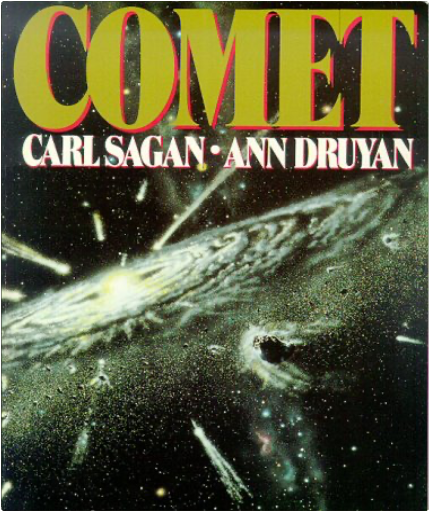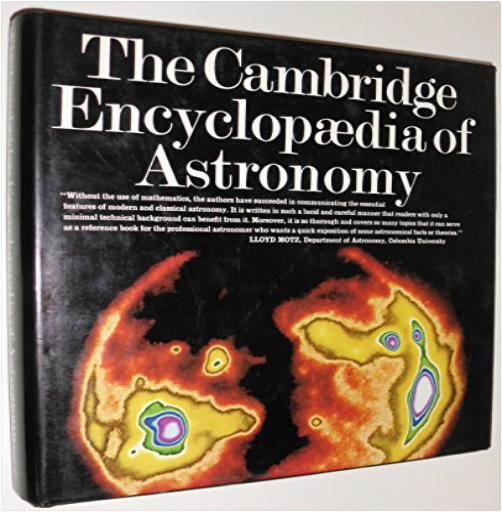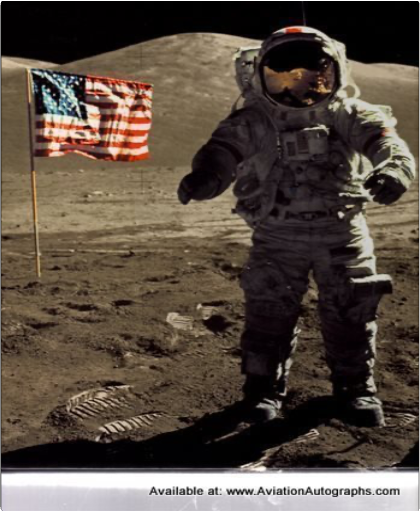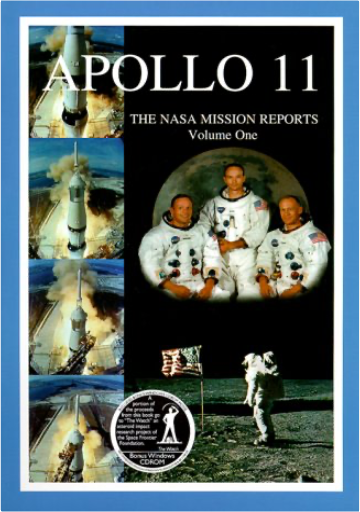 Apollo 11: The NASA Mission Reports Vol 1: Apogee Books Space Series 5Robert Godwin Apollo 11: The NASA Mission Reports Vol 1: Apogee Books Space Series 5Robert Godwin Humankind's first lunar landing is narrated by rare official documentation, collected for the first time in this volume. 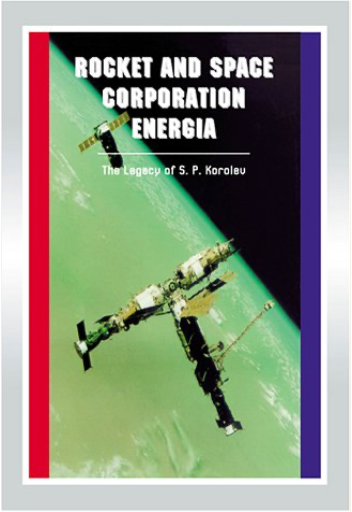 Rocket And Space Corporation Energia: Apogee Books Space Series 17Robert Godwin Rocket And Space Corporation Energia: Apogee Books Space Series 17Robert Godwin A small metal sphere weighing slightly more than 83 kilograms was placed into an elliptical orbit by the mighty R-7 rocket. It was perhaps one of the most significant moments in human history. The date was October 4th 1957 and the sphere was called Sputnik. 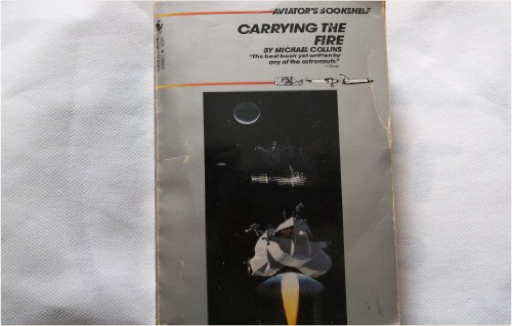 Carrying the FireMichael Collins Carrying the FireMichael Collins In 1969, Michael Collins went to the moon with Neil Armstrong and Buzz Aldrin on the historic Apollo 11 flight. When he came back, he wrote the finest account we have of the training and the experiences of a test pilot and astronaut. This is the story of one of the great adventures of this century. 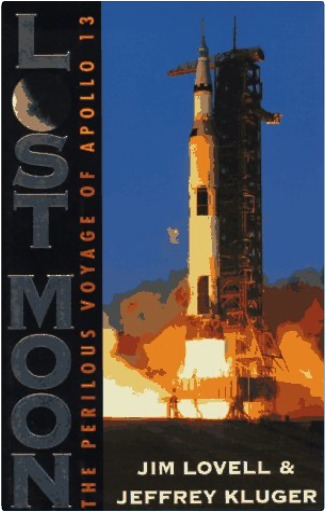 Lost Moon: The Perilous Voyage of Apollo 13James Lovell, Jeffrey Kruger Lost Moon: The Perilous Voyage of Apollo 13James Lovell, Jeffrey Kruger In April 1970, during the glory days of the Apollo space program, NASA sent Navy Captain Jim Lovell and two other astronauts on America's fifth mission to the moon. Only fifty-five hours into the flight of Apollo 13, disaster struck: a mysterious explosion rocked the ship, and soon its oxygen and power began draining away. Commander Lovell and his crew watched in alarm as the cockpit grew darker, the air grew thinner, and the instruments winked out one by one. The full story of the moon shot that almost ended in catastrophe has never been told, but now Lovell and coauthor Jeffrey Kluger bring it to vivd life. What begins as a smooth flight is transformed into a hair-raising voyage from the moment Lovell calls out, "Houston, we've got a problem." Minutes after the explosion, the astronauts are forced to abandon the main ship for the lunar module, a tiny craft designed to keep two men alive for just two days. But there are three men aboard, and they are four days from home. As the hours tick away, the narrative shifts from the crippled spacecraft to Mission Control, from engineers searching desperately for solutions to Lovell's wife and children praying for his safe return. The entire nation watches as one crisis after another is met and overcome. By the time the ship splashes down in the Pacific, we understand why the heroic effort to rescue Lovell and his crew is considered by many to be NASA's finest hour. This riveting book puts the reader right in the spacecraft during one of the worst disasters in the history of space exploration. Written with all the color and drama of the best fiction, Lost Moon is the true story of a thrilling adventure and an astonishing triumph over nearly impossible odds. It was a major Oscar(R)-nominated motion picture directed by Ron Howard and starred Tom Hanks and Kevin Bacon. 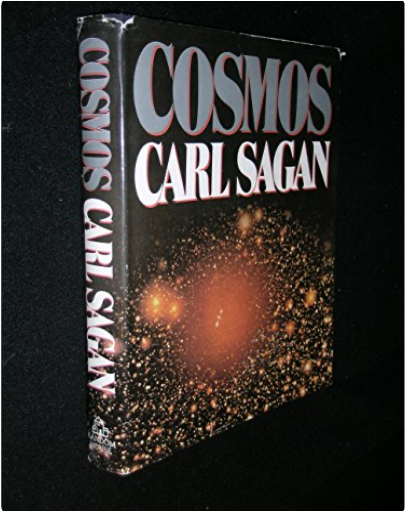 CosmosCarl Sagan CosmosCarl Sagan This visually stunning book with over 250 full-color illustrations, many of them never before published, is based on Carl Sagan’s thirteen-part television series. Told with Sagan’s remarkable ability to make scientific ideas both comprehensible and exciting, Cosmos is about science in its broadest human context, how science and civilization grew up together. 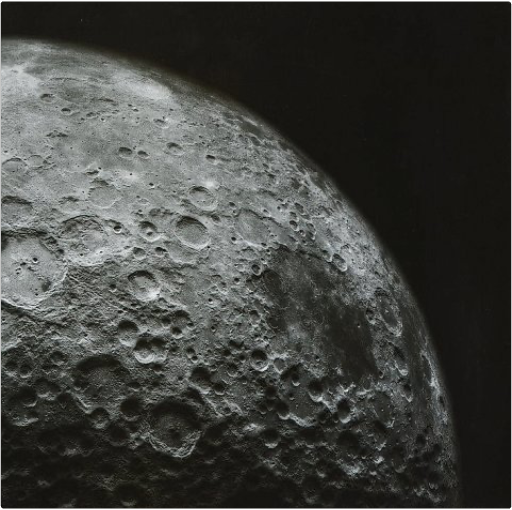 Full MoonMichael Light, Andrew Chaikin Full MoonMichael Light, Andrew Chaikin The most thrilling of all journeys—the missions of the Apollo astronauts to the surface of the Moon and back—yielded 32,000 extraordinarily beautiful photographs, the record of a unique human achievement. Until recently, only a handful of these photographs had been released for publication; but now, for the first time, NASA has allowed a selection of the master negatives and transparencies to be scanned electronically, rendering the sharpest images of space that we have ever seen. Michael Light has woven 129 of these stunningly clear images into a single composite voyage, a narrative of breathtaking immediacy and authenticity that begins with the launch and is followed by a walk in space, an orbit of the Moon, a lunar landing and exploration, and a return to Earth with an orbit and splashdown. 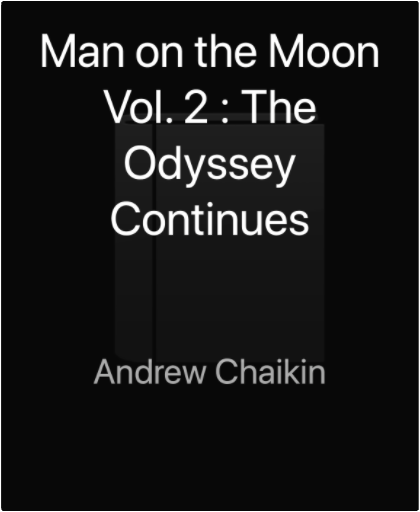 Man on the Moon Vol. 2 : The Odyssey ContinuesAndrew Chaikin Man on the Moon Vol. 2 : The Odyssey ContinuesAndrew Chaikin Chaikin is the only person to interview all 12 moonwalkers and get their personal feelings about everything from astronaut & crew selection, training, peer relations and best of all; orbiting and walking the moon. This is not a technical or scientific history, but an account of how the astronauts FELT about their entire Apollo experiences. You can easily "walk in their shoes" and "see through their eyes" with this book. He writes in a way all persons can understand, and simplifies the engineering and scientific aspects so you can understand what the astronauts were dealing with. Not only does he avoid getting bogged down in techical speak, but actually makes the technical parts fascinating to learn! 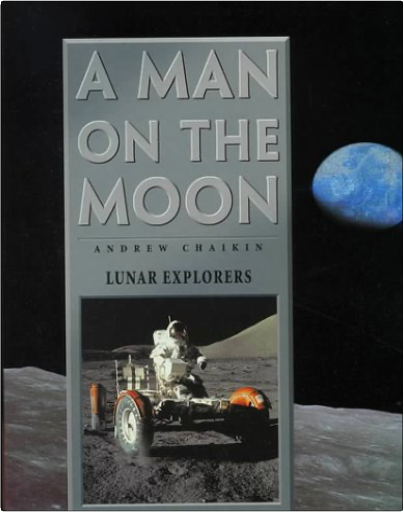 A Man on the Moon, Vol. 3: Lunar ExplorersAndrew Chaikin A Man on the Moon, Vol. 3: Lunar ExplorersAndrew Chaikin Chaikin is the only person to interview all 12 moonwalkers and get their personal feelings about everything from astronaut & crew selection, training, peer relations and best of all; orbiting and walking the moon. This is not a technical or scientific history, but an account of how the astronauts FELT about their entire Apollo experiences. You can easily "walk in their shoes" and "see through their eyes" with this book. He writes in a way all persons can understand, and simplifies the engineering and scientific aspects so you can understand what the astronauts were dealing with. Not only does he avoid getting bogged down in techical speak, but actually makes the technical parts fascinating to learn! 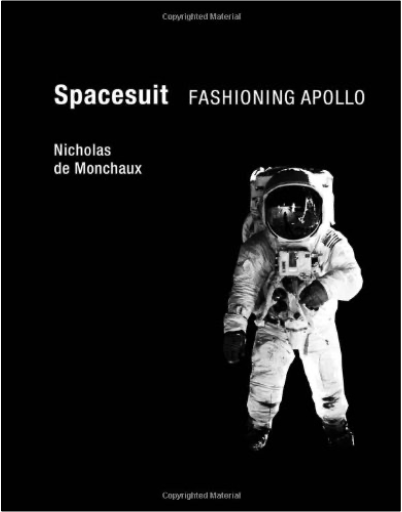 Spacesuit: Fashioning ApolloNicholas de Monchaux Spacesuit: Fashioning ApolloNicholas de Monchaux How the twenty-one-layer Apollo spacesuit, made by Playtex, was a triumph of intimacy over engineering. |
 Made with Delicious Library
Made with Delicious LibraryDenver, CO zipflap congrotus delicious library Tolva, John

